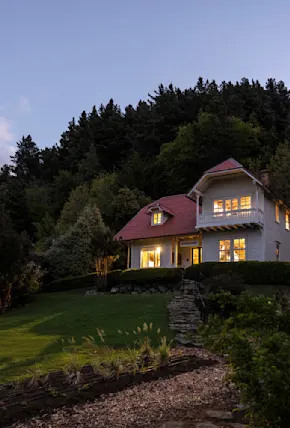Kirsten Dirksen and Nicolás Boullosa have been making YouTube videos for nearly two decades. The pair first went viral 14 years ago with a piece on a 90-square-foot micro studio in the Upper West Side, whose renter enthusiastically showed how she crammed all her belongings into wall-to-ceiling shelves and slept with only a foot or two above her head. To date, the 5 minute profile has racked up 25 million views.
Becoming professional YouTubers was never the couple’s goal. Both journalists, YouTube was just a convenient place to host videos for their website Faircompanies, focused on sustainability. And interestingly, just as the concept of tiny homes and tiny living started to become more mainstream, and many creators were able to capitalize on the popularity to launch TV shows and consulting businesses, Dirksen and Boullosa basically stopped doing videos on them entirely. “We’d rather try to find stories that aren’t being told,” Dirksen told me earlier this year.
The approach has yielded some true bangers, and a loyal audience (holding steady at 2 million subscribers). There’s the interview with Charles Bello, an architect of parabolic homes who has lived off-grid in Northern California for 50 years. And the profile of a family who built a greenhouse around their home in Norway. There are interviews about modular apartments and underground bunkers, but also ones about making homes out of buses, boats, vans, and of course, shipping containers.










